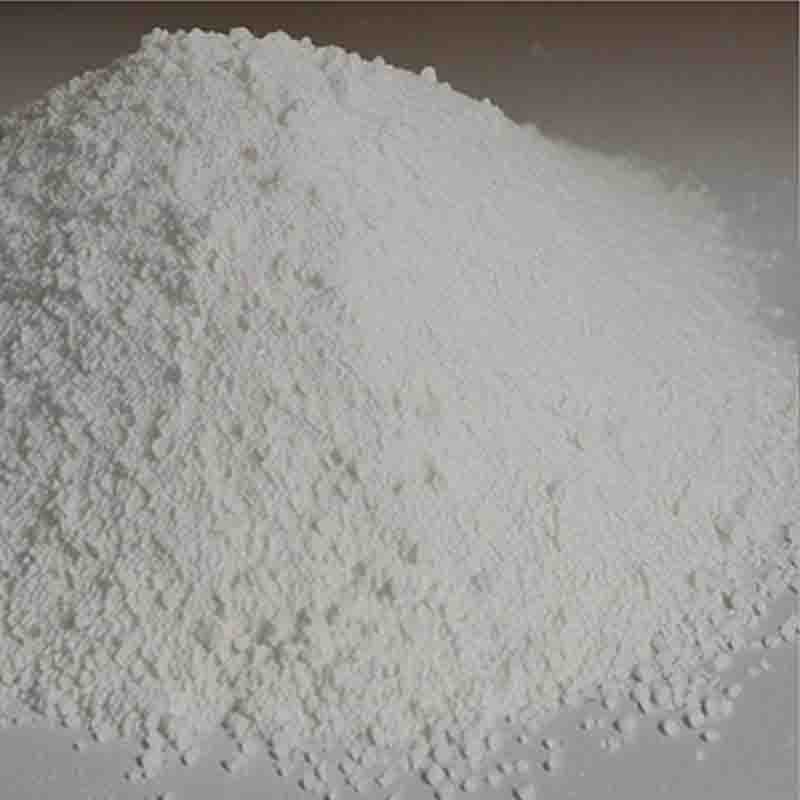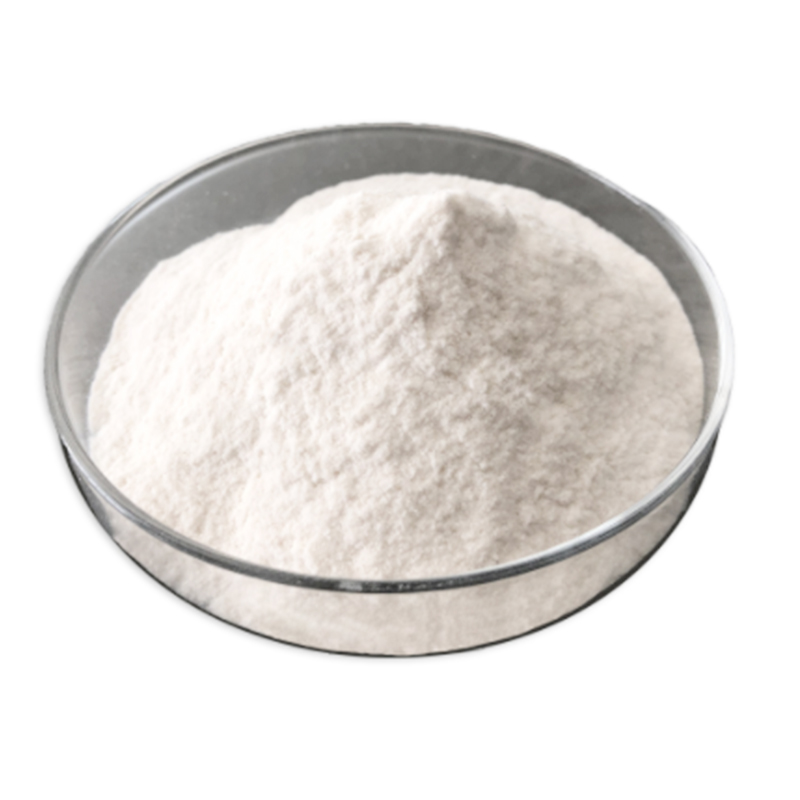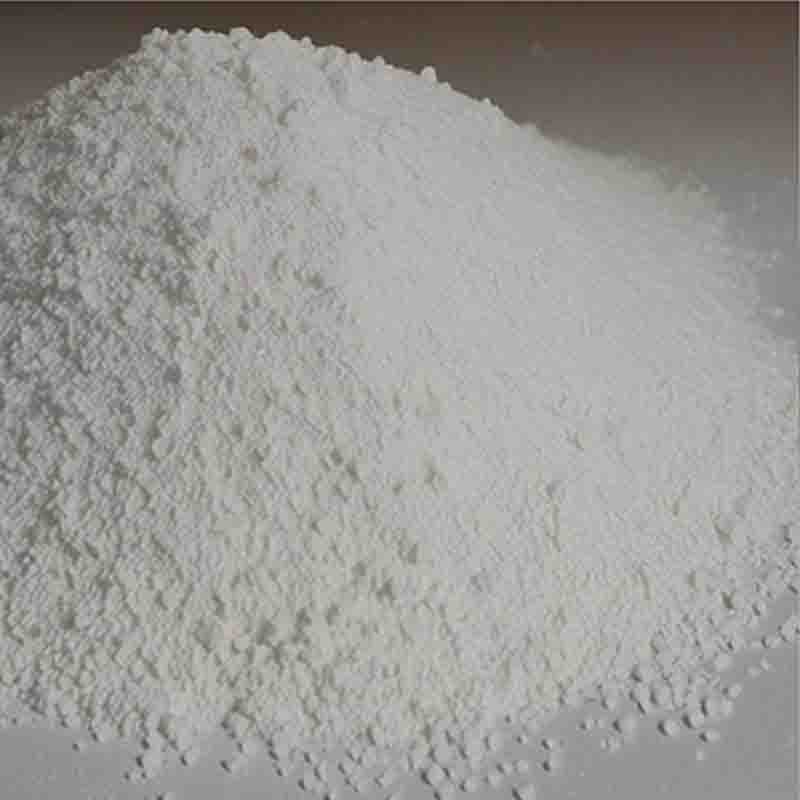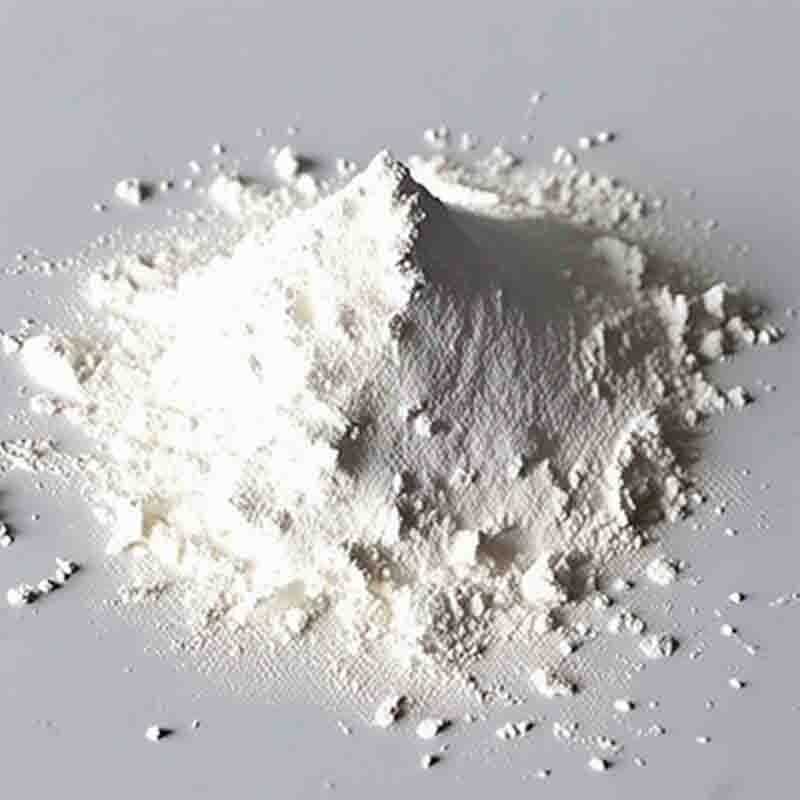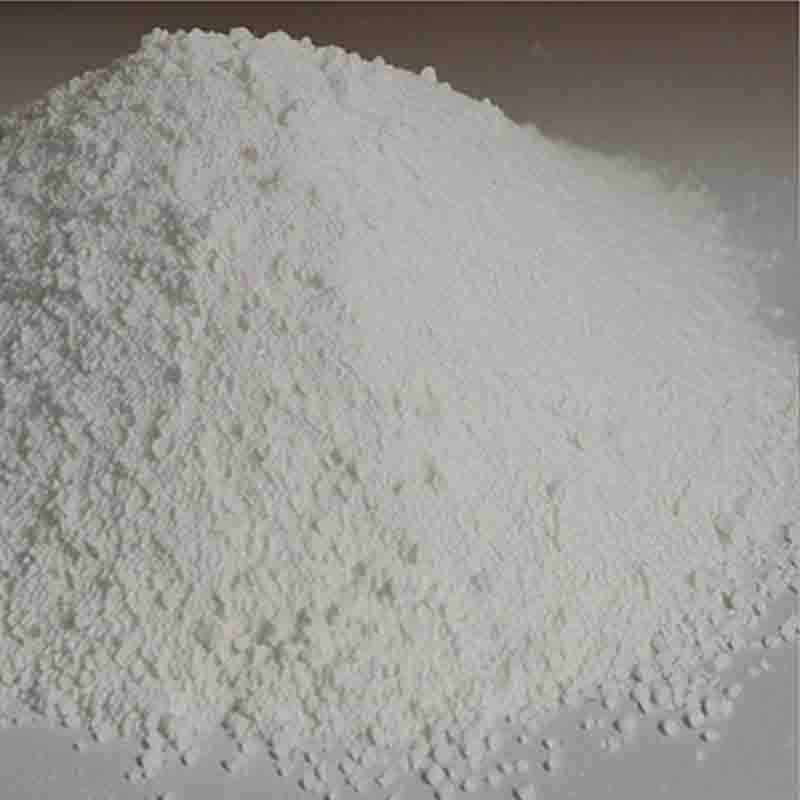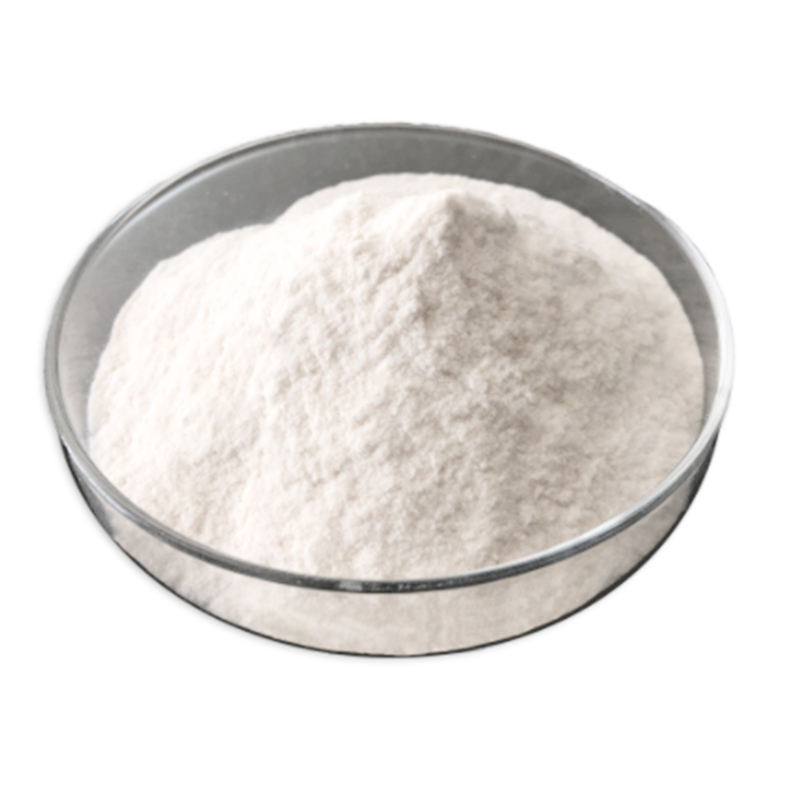Dipotassium hexachloropalladate CAS: 16919-73-6
| Catalog Number | XD94387 |
| Product Name | Dipotassium hexachloropalladate |
| CAS | 16919-73-6 |
| Molecular Formula | Cl6KPd- |
| Molecular Weight | 358.22 |
| Storage Details | Ambient |
Product Specification
| Appearance | White powder |
| Assay | 99% min |
Dipotassium hexachloropalladate, commonly denoted as K2PdCl6, is a coordination compound that contains a palladium(IV) ion coordinated with six chloride ions. This compound finds various applications in the field of catalysis and material science.One of the primary uses of K2PdCl6 is as a precursor for the synthesis of palladium nanoparticles. Palladium nanoparticles have gained significant attention due to their unique properties and catalytic ability. K2PdCl6 can be used as a precursor in the synthesis of these nanoparticles by reduction with a suitable reducing agent, such as sodium borohydride. The resulting palladium nanoparticles can be utilized as catalysts in various reactions, including hydrogenation, carbon-carbon bond formation, and many other organic transformations.In hydrogenation reactions, palladium nanoparticles derived from K2PdCl6 act as effective catalysts for the reduction of unsaturated organic compounds. They have high activity and selectivity, making them useful in the synthesis of pharmaceuticals, fine chemicals, and functional materials. These nanoparticles can hydrogenate carbon-carbon multiple bonds, such as alkenes, alkynes, and aromatic compounds, under mild reaction conditions.Furthermore, palladium nanoparticles derived from K2PdCl6 can be employed in the Suzuki-Miyaura cross-coupling reaction. This transformation allows for the formation of carbon-carbon bonds between aryl or vinyl boronic acids and various organic halides. Palladium nanoparticles serve as efficient catalysts for this reaction, enabling the synthesis of complex organic molecules with high efficiency.K2PdCl6 also plays a role in material science applications. Palladium-containing compounds, including K2PdCl6, can be used as precursors for the synthesis of palladium-based materials. These materials exhibit unique properties and have been used in diverse applications, such as catalysis, electronic devices, sensors, and fuel cells. By utilizing K2PdCl6 as a starting material, one can access a wide range of palladium-containing materials with tailored properties for specific applications.In summary, dipotassium hexachloropalladate (K2PdCl6) is a versatile compound with applications in catalysis and material science. Its use as a precursor for the synthesis of palladium nanoparticles provides access to highly active and selective catalysts for a range of organic transformations. Additionally, K2PdCl6 enables the formation of carbon-carbon bonds through the Suzuki-Miyaura cross-coupling reaction. Its role as a precursor for the synthesis of palladium-based materials expands its utility in material science applications. Overall, K2PdCl6 is a valuable compound that finds utility in various fields, contributing to advancements in catalysis and materials research.


